Stay Passport Sindang Ryokan (스테이 패스포트 신당 료칸)
4.4Km 2025-04-25
33, Nangye-ro 11-gil, Jung-gu, Seoul
Calles de los Hanok de Ikseon-dong (익선동 한옥거리)
4.4Km 2025-05-26
Ikseon-dong, Jongno-gu, Seúl
Insa-dong Antique Art Street (인사동 고미술거리)
4.4Km 2025-08-04
29, Insadong-gil, Jongno-gu, Seoul
As of today, there are approximately 70 shops in the Insa-dong area that sell antique arts. Some of the products they sell include antique artworks, porcelains, woodcrafts, and metalwork. Visitors may even find rare and valuable products such as earthenware from the Silla period or white porcelain used in the Joseon dynasty. Each shop is a specialty store, authorized to sell product types that are of their expertise, ranging from antique furniture and traditional artworks to handcrafted items.
Calle de los Hanok de Ikseon-dong (익선동 한옥거리)
4.4Km 2025-05-26
Ikseon-dong, Jongno-gu, Seúl
Isae (이새)
4.4Km 2024-02-21
Insadong-gil 30-1, Jongno-gu, Seúl
Sieunjae / 시은재
4.5Km 2025-08-13
439, Samil-daero, Jongno-gu, Seoul
+82-10-5355-3029
Located in Gyeongun-dong, Jongno-gu at the very heart of Seoul, Sieunjae is a hanok with a longstanding tradition. It has three guestrooms including the anbang (main room), byeolchae (detached building), and jakeunbang (small room). The anbang is the only room with a living room, where various items of old furniture, including a comfortable sofa, create an antique atmosphere. The communal bathroom and toilets are supplied with toiletries, while the communal kitchen is equipped with cooking equipment and a washing machine.
The house can be rented either as individual accommodations or in its entirety. As it is situated in Jongno-gu, at the very heart of Seoul, guests can easily reach many nearby major tourist attractions. Car users are advised to use the public parking lot as the house has no parking spaces. Entering by a small gate, the little flowerbed comes into sight. This old hanok shows traces of repair works on the tiled roof.
Insadong Chatjip (인사동찻집)
4.5Km 2025-06-24
33-1, Insadong-gil, Jongno-gu, Seoul
Insadong Chatjip is a hanok teahouse that serves home-made traditional tea. Even the red beans used in the summer delicacy patbingsu
Museo Kimchikan (뮤지엄 김치간)
4.5Km 2025-05-26
Insadong-gil 35-4, Jongno-gu, Seúl
Desde su fundación en 1986, el Museo Kimchikan ha expuesto las reliquias históricas relacionadas con el kimchi, los diversos tipos, maquetas de los procesos del preparado, e información sobre la eficacia derivada de su proceso de fermentación. Los visitantes aprenderán sobre el origen y la historia del kimchi a través de libros, pinturas y escrituras antiguas, y los diferentes tipos de vasijas almacenadoras de kimchi junto con los utensilios tradicionales de cocina que se utilizaban para prepararlo. También se exponen diferentes tipos de kimchi característicos en cada región de Corea y espacios para actividades.
Residencia Gyeonggyojang en Seúl (서울 경교장)
4.5Km 2025-08-20
Saemunan-ro 29, Jongno-gu, Seúl
La Residencia Gyeonggyojang está situada en Pyeong-dong, Jongno-gu, Seúl. Se la considera un sitio histórico y solía ser una oficina y residencia hasta que Bakebeom Kim Koo, figura lider durante el gobierno provisional de Corea, fue asesinado el 26 de junio de 1949. La casa es uno de los tres sitios donde actividades sobre la fundación de un gobierno democrático tuvieron lugar, antes de que se estabilizase por completo.
Mercado de Pulgas de Hwanghak-dong (Mercado Dokkaebi / Mercado Manmul) (황학동 벼룩시장 (도깨비시장 / 만물시장))
4.5Km 2024-01-25
Majang-ro 11-7, Jung-gu, Seúl.
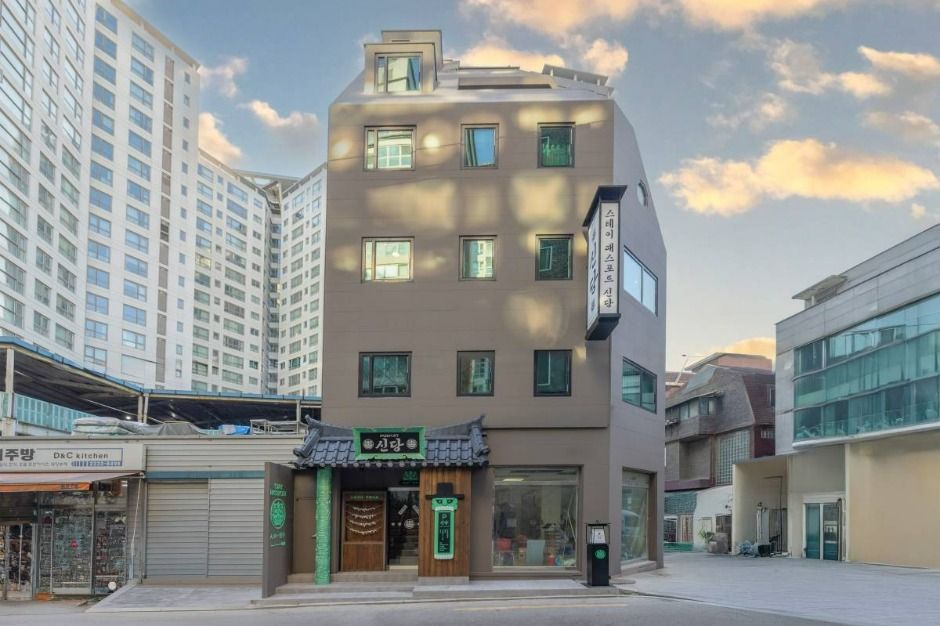
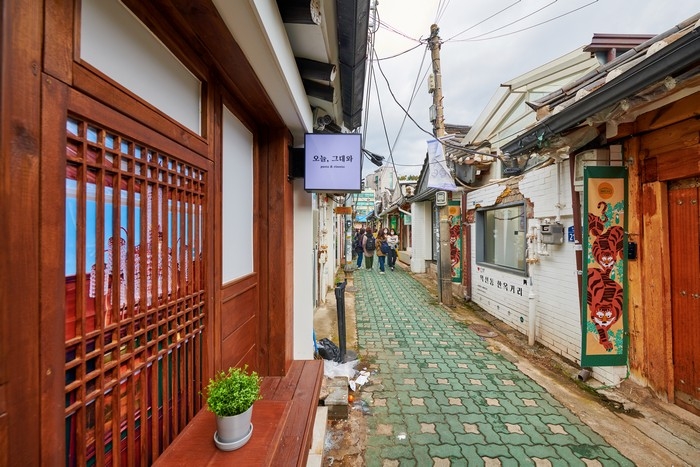
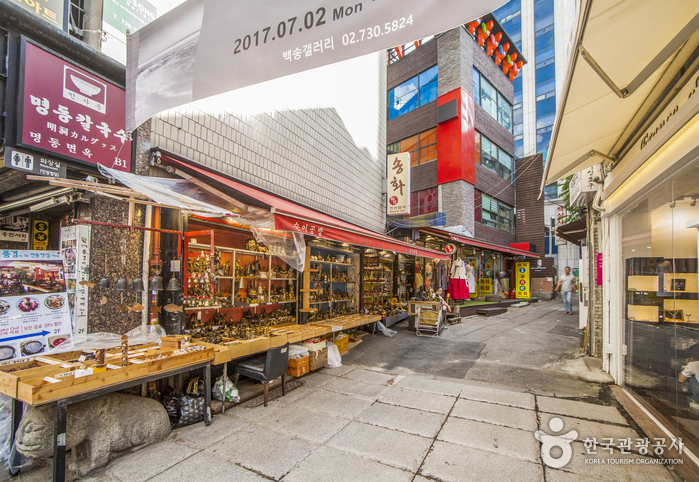
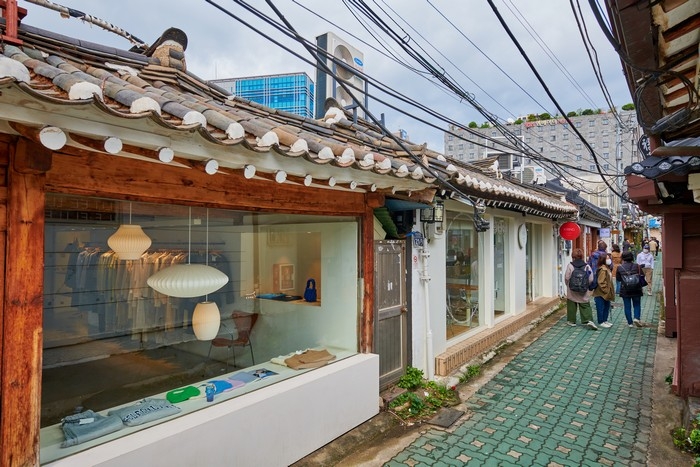
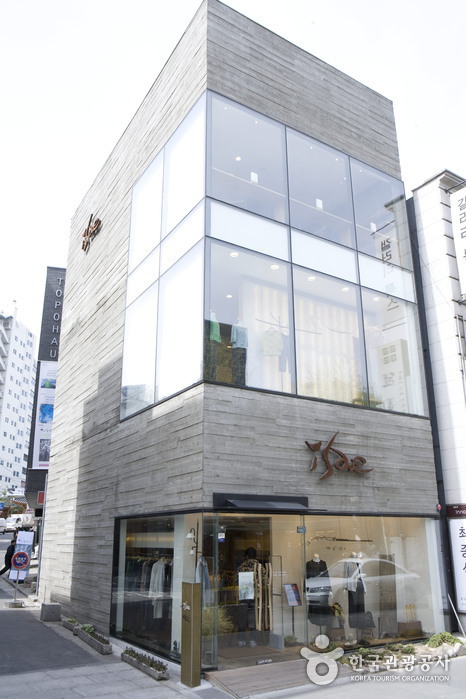
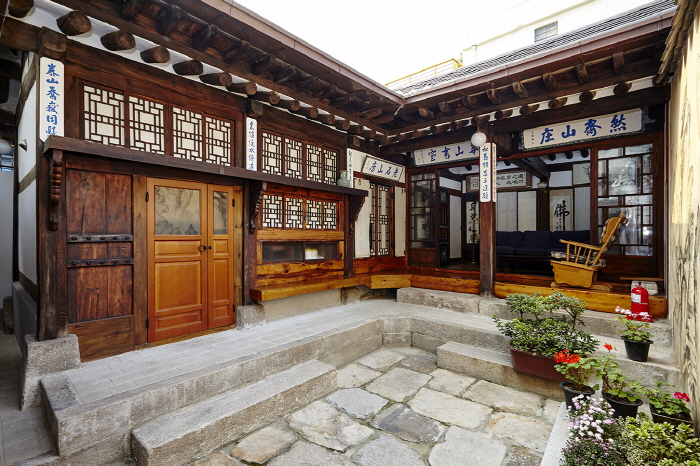

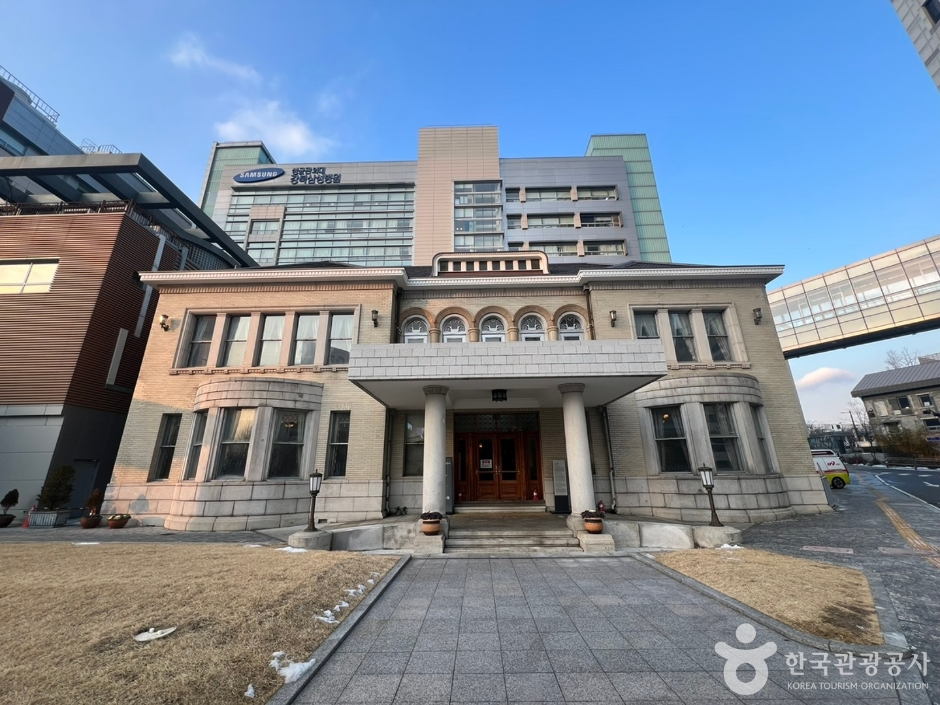
 Español
Español
 한국어
한국어 English
English 日本語
日本語 中文(简体)
中文(简体) Deutsch
Deutsch Français
Français Русский
Русский